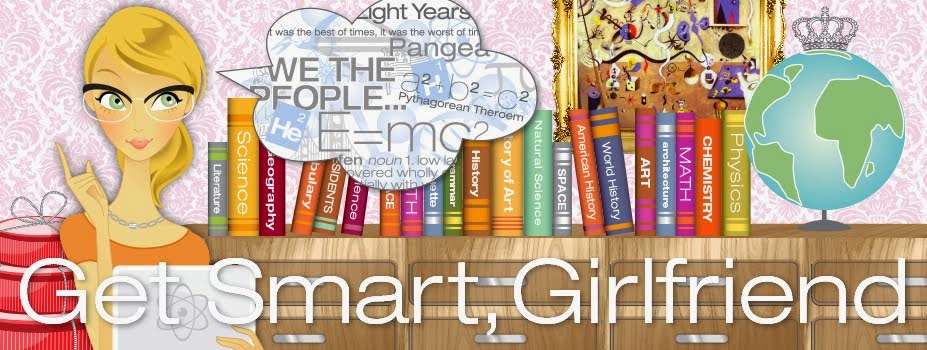I mentioned in a recent blog, The Preamble, that I had bought a book about the Declaration of Independence and the Constitution. Being that it is the 4th of July weekend where most Americans will be celebrating in some manner, I thought the Declaration of Independence would be an appropriate topic to remind us it’s about more than just barbecues and fireworks.
 The Declaration of Independence, most of which was penned by Thomas Jefferson, was the action of Second Continental Congress and a unanimous Declaration of the thirteen United States of America for freedom from Britain rule. Throughout the Declaration, the facts set forth for independence repeatedly
The Declaration of Independence, most of which was penned by Thomas Jefferson, was the action of Second Continental Congress and a unanimous Declaration of the thirteen United States of America for freedom from Britain rule. Throughout the Declaration, the facts set forth for independence repeatedly
“When in the Course of human Events...” is the beginning phrase of the Declaration of Independence written 234 years ago. The Declaration was a revolutionary manifesto meant to end British rule over America by proclaiming its justified end. Initially, the colonists wanted to avoid independence, even after the outbreak of war at Lexington and Concord in April of 1775. The Second Continental Congress were pressed by their constituents to reconcile with the mother country, which they tried. But after the arrival of more British troops in January of 1776, it was clear the King still held much hostility towards the states. Word spread among the colonists and the consensus was that the time had come to found new governments, free of kings and hereditary rulers, governments whose power came from the popular choice. This conclusion was based on the way the king had treated Americans over the previous years and not on the flaws of Britain’s form of government.
The colonist’s reasons for wanting independence from Britain were cited as King George III’s: refusal to answer their petition for peace from the Second Continental Congress; his approval of the Prohibitory Act of December 1775 essentially making their ships and ports vulnerable to attack by his Royal Navy; marking war on his subjects from America; burning American towns; enlisting slaves and indians to fight against the colonists; and contracting with Germany for mercenary soldiers to assist in his reestablishment of authority in North America.
The colonists knew they needed help from a non-British ally or face being destroyed by Britain’s larger and stronger forces. To attain help, they had to state their intent to cut ties with Britain. On June 7, 1776 they put forth this resolution:
“That these United Colonies are, and of right ought to be, free and independent States, that they are absolved from all allegiance to the British Crown, and that all political connection between them and the State of Great Britain is, and ought to be, totally dissolved.”
On June 11, Congress appointed a committee to draft a declaration to be issued if Congress adopted independence. The committee consisted of five men:
Thomas Jefferson – Virginia Delegate
John Adams – Massachusetts Delegate
Benjamin Franklin – Pennsylvania Delegate
Robert Livingston – Lawyer/Politician/Diplomat from New York
Roger Sherman – Lawyer/Politician from Connecticut
(a delegate is an elected non-voting member of the House of Representatives from a U.S. territory or from Washington, D.C.)
 The Declaration of Independence, most of which was penned by Thomas Jefferson, was the action of Second Continental Congress and a unanimous Declaration of the thirteen United States of America for freedom from Britain rule. Throughout the Declaration, the facts set forth for independence repeatedly
The Declaration of Independence, most of which was penned by Thomas Jefferson, was the action of Second Continental Congress and a unanimous Declaration of the thirteen United States of America for freedom from Britain rule. Throughout the Declaration, the facts set forth for independence repeatedly
state “he,” meaning King George III. Probably the most well known excerpt from the Declaration, that most of us have heard, is; “...that all Men are created equal, that they are endowed by their Creator with certain unalienable Rights, that among these are Life, Liberty, and the Pursuit of Happiness...” But how the Declaration ends, the final sentence, I find to be most poignant. “And for the support of this Declaration, with a firm Reliance on the Protection of divine Providence, we mutually pledge to each other our Lives, our Fortunes, and our sacred Honor.”
Our independence from Britain was an impossible achievement, one that realistically we should not have succeeded in because they were a substantially stronger opponent. But it was accomplished through the unwavering determination of Americans from those 13 colonies who knew it was imperative and worthy of sacrifice. So every July 4th, we give thanks by remembering and honoring them for their fearless and steadfast commitment to the inception and the future of these now 50 United States of America.
Remarkably, John Adams died on July 4, 1826. His friend, Thomas Jefferson, died that same day.
Now you’re a little smarter, Girlfriend — And so am I.

